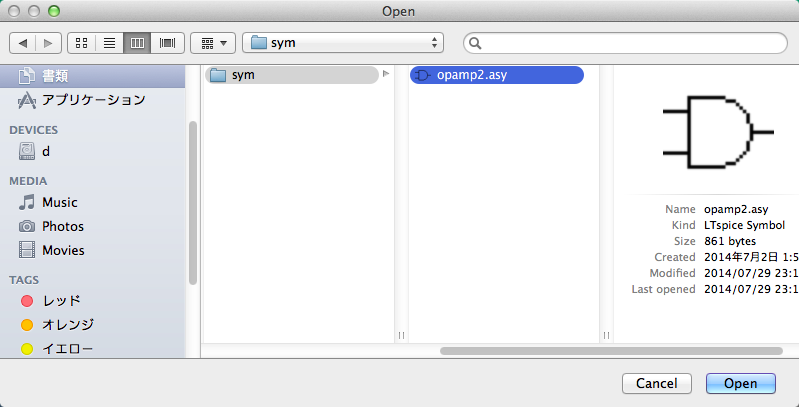
Once the inductors are in place, use the Spice Directive icon (the icon with. What makes the coils a transformer is a K-statement. That is, a 1 Henry primary and a 100 henry secondary will represent a transformer with a turns ratio of 1:10. The rule is that the inductance ratio will be the square of the turns ratio. The inductance values aren’t very important, but the ratio of values is. To model a transformer in Spice, you create an inductor for the primary and the secondary. A transformer with 1:10 turns will step up voltage ten times (or, flip it around, and it will reduce voltage by a factor of 10). In a properly designed transformer, the key design feature is the ratio of the number of turns of the coils. Exactly how strongly coupled the two coils are will affect the transformer. Due to coupling, changes in the magnetic field of the primary induces a current in the secondary. After all, a transformer is just two inductors (the primary and the secondary). Instead, you’ll have to build one out of inductors. You won’t find a transformer in the components section of LTSpice. One item that can be tricky to model in Spice is a transformer. Keep that in mind when testing designs with any simulator.

In real life, resistors and other components eventually burn out or fail when overstressed. A resistor in Spice can dissipate an infinite amount of power. You’ll see the curves change slightly based on the unit you select.Īnother consideration in real world circuits is limits.
FINDING GROUND IN LTSPICE FOR MAC SERIES
That will fill in things like the equivalent series resistance and other parameters of the capacitor. Try right clicking on the capacitor and select an actual vendor’s part. Spice can simulate all of this if you ask it. Capacitors have parasitic elements that differ based on the kind of capacitor. A normal resistor doesn’t have much inductance unless it is wire wound either. Wire, for example, has resistance, but unless you have very long wires, that probably doesn’t matter. Of course, there are still some inaccuracies. When the load is 1 ohm, the loss is greater than in the other cases, although the pass band is much flatter. Look at this plot (I used the annotation feature to add some labels and arrows): However, if the load gets close to the value of R1, it makes a big difference. Suppose this were feeding an amplifier and the input resistance is 2K ohms. This is probably more accurate but still isn’t entirely correct because there is no load connected across C1.

You can see the roll off starts earlier, and attenuates faster. The green trace is the original response, and the blue trace is the new curve. That’s an easy question to answer with Spice and the plot on the left makes it easy to see. How does that change the circuit response? Suppose the source had an 8 ohm series resistor. The resulting AC analysis showed a nice filter response that was flat to about 1 kHz and then started roll off as the frequency increased.

Even an oscilloscope probe will load the circuit a little.

There was no load resistance either, which is unlikely. Only in simulation do voltage sources and wires have zero resistance. Last time we looked at a low pass filter, but it wasn’t practical because the components were too perfect. In this final installment, I want to talk a bit more about real-world component performance and also look at modeling transformers. In the second, I examined two other parts of Spice: parameter sweeps and AC circuits. In the first installment of this three-part series, I looked at LTSpice and did a quick video walkthrough of a DC circuit.
FINDING GROUND IN LTSPICE FOR MAC SIMULATOR
While a simulator can’t tell you everything, it will often give you valuable insight into the way your circuit behaves, before you’ve even built it. Spice is a circuit simulator that you should have in your toolbox.


 0 kommentar(er)
0 kommentar(er)
